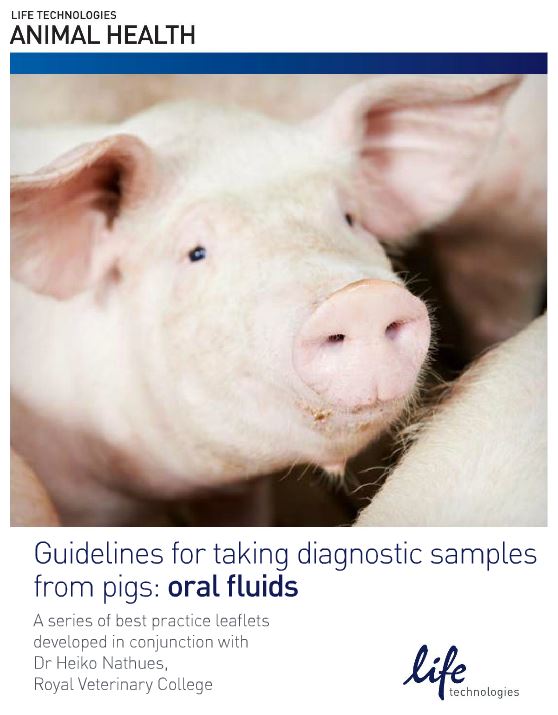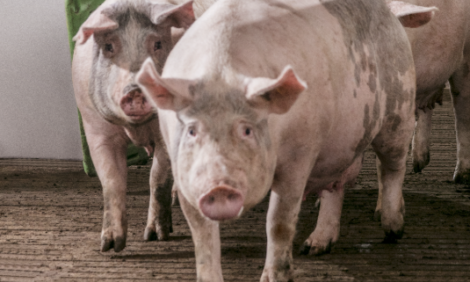



How-to Guide: Taking Oral Fluid Samples from Pigs
GLOBAL - Oral fluid samples can be used to not only monitor illness, but also to estimate pathogen levels (prognostic profiling), explains Life Technologies.
Monitoring
Prognostic profiling is not a diagnostic procedure, and therefore oral fluid should not be used to rule out infections.
Detection of antibodies (e.g., ELISA-based tests)—Oral fluid samples can be tested for the presence of antibodies against PRRSV. Serological testing is NOT suitable for ubiquitous pathogens such as PCV2.
Detection of pathogen RNA/DNA (PCR-based tests)—The presence of pathogens causing pneumonia, such as M. hyopneumoniae, PRRSV, SIV, etc., can be confirmed in oral fluid using PCR, but their presence does not necessarily correlate with disease.
Animal selection
Deciding which animals to take samples from depends on the desired outcome (keep in mind that for monitoring purposes other materials are likely to be more feasible):
Detection of infection—Select animals with clinical signs.
Tracking infection status over time (i.e., longitudinal examination)*—Take the first samples on day 1 and repeat sampling from the same animals 2 to 4 weeks later.
To determine the infection status in different groups (i.e., cross-sectional examination)* —Take samples from animals of different ages, e.g., 4, 8, 12, 16, 20, and 24 weeks of age.
* If serological testing is to be used, send all samples to the laboratory in one batch to avoid potential variation between different batches of test kits.For the comprehensive guide on how to collect oral fluids, click here to view or download “Guidelines for taking diagnostic samples from pigs: oral fluids,” courtesy of Thermo Fisher Scientific.







